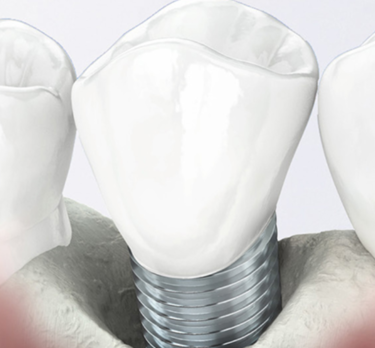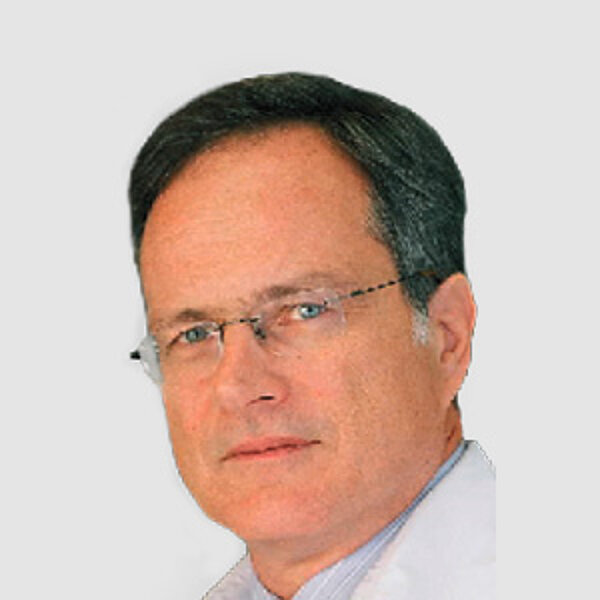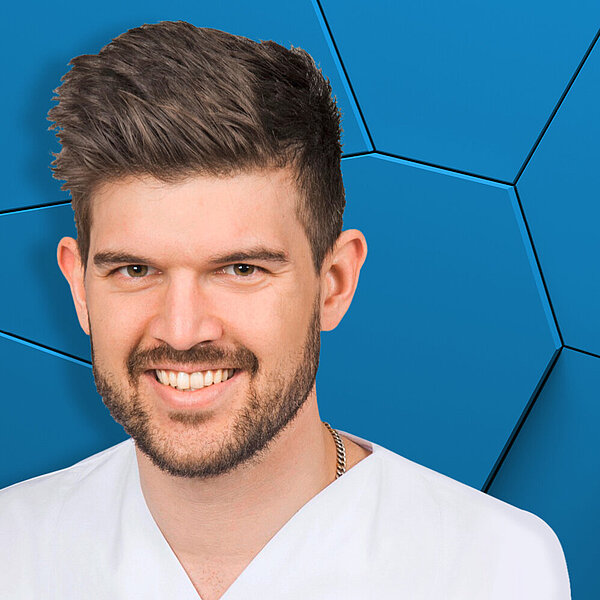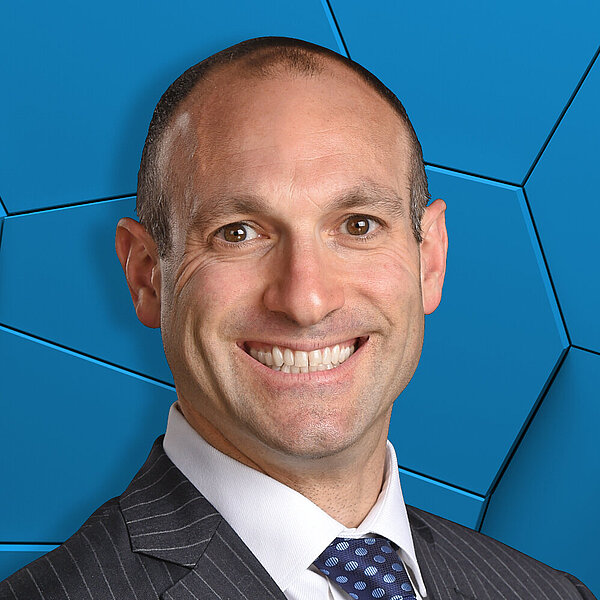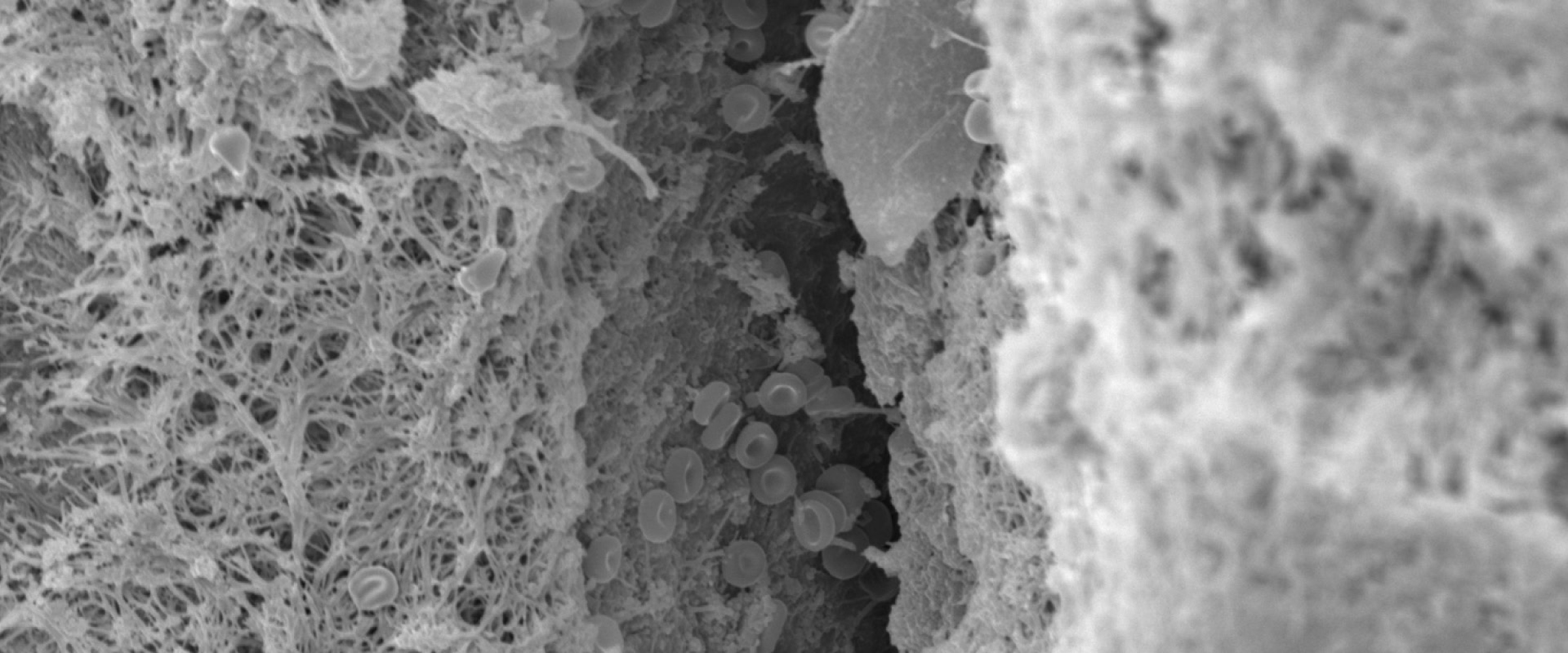
The microbiology of peri-implantitis
Which microbes trigger an especially severe course of peri-implant infection? And are microbiological tests worthwhile?
Prof. Mombelli, are peri-implantitis bacteria the same as periodontitis bacteria?
Prof. Mombelli: The anaerobic mixed flora is indeed very similar to periodontitis in natural teeth. The bacteria species include Fusobacteria, Prevotella, Porphyromonas, Spirochetes and Peptostreptococci. But at times you find flora on an implant where Staphylococci predominate. This is untypical with natural teeth. Staphylococci, however, are associated with infections of indwelling devices outside the oral cavity such as orthopaedic implants or catheters.
Is the implant colonized from the outset or do the bacteria arrive later?
Prof. Mombelli: All dental implants are inevitably contaminated at placement. Even so, the great majority of implants heal without infection. Peri-implant infections may be the consequence of primarily non-microbial events, which encourage the emergence of a pathogenic microflora.1
An example is the subgingival persistence of residual cement, which can trigger a purulent bacterial infection that cannot solely be remedied through anti-infectious measures. The underlying cause must be eliminated for healing to take place. So the search for a specific cause always forms part of the differential diagnosis of peri-implantitis, even if pus or a biofilm point to a bacterial infection.
Do all patients have the same peri-implantitis bacteria?
Prof. Mombelli: The infection is typically a mix of bacteria that the patient also has elsewhere in the mouth. Then microecological factors influence the growth of the various microbes. For instance, a local mucosal inflammation may be due to deficient cleaning in an inaccessible niche.
Are there specific bacteria which are complicit in severe peri-implant infections?
Prof. Mombelli: No. Peri-implantitis does not develop due to an infection originating from an external specific highly pathogenic trigger. You can find all microbes in low numbers in the mouth, nose or throat area, even in clinically healthy individuals. Staphylococci are no different. So total eradication is an unrealistic treatment goal. Rather, the aim is to prevent an excessive build-up of potentially pathogenic microbes in the form of a biofilm.
Is there a good test for peri-implantitis bacteria? Should such a test be performed?
Prof. Mombelli: There is no clinical evidence showing any extra benefit from such tests over and above a precise clinical and radiological investigation. There is no cost benefit analysis for such tests either. Though I am very sympathetic toward colleagues and patients who would like to know more, I must say that the preventive and therapeutic options currently on the table do not require a bacterial test.
What systemic antibiotics are suitable for therapy?
Prof. Mombelli: Today we generally use a combination of amoxicillin and metronidazole. Our own multi-centric study and the work by other research groups have shown good results.2 For cases of intolerance, such as allergy to penicillin, just metronidazole by itself can be prescribed, but it is not effective against all incriminated microbes.
The additional remark that peri-implantitis cannot be successfully treated by purely pharmaceutical means is very important. It always requires meticulous cleaning of the whole contaminated implant surface. In order to completely remove the biofilm, it usually has to be uncovered surgically.
References
- Mombelli A & Decaillet F: J Clin Periodontol 2011; 38 Suppl 11, 203–13.
- Heitz-Mayfield LJA & Mombelli A: Int J Oral Maxillofac Impl 2014; 29 Suppl, 325–45.
Interview by Verena Vermeulen
Photo Header: Andrea Mombelli


